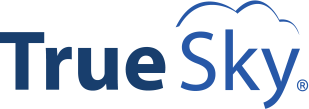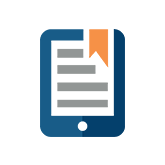Rolling Forecasts vs. Traditional Budgeting
You know budgeting is important and you know forecasting is equally so. At its most basic, a rolling forecast helps you stay on track and give you an idea of how you are tracking towards your goals. But more than that, it can help you anticipate industry trends, navigate challenges, improve communication, and win over investors.
Traditionally, budgeting meant sitting down once a year, gathering numbers from different departments, creating the budget, and then… nothing. Halfway through the year, the actual numbers might be completely out of line with the planned budget. Of course, not all businesses operate this way. But for many, budgeting is something that often gets ignored as soon as it is done.

The new way of doing things is a rolling forecast –checking in on your budget on a short-term basis. Rolling forecasts can be done quarterly, monthly, weekly, or even daily.
If you are in a stable business, with guaranteed long-term revenue and fixed expenses, the traditional way of budgeting may still work for you. Unfortunately, in today’s fast-paced business environment, this will not work for most businesses. A volatile economy, increased competition, and faster-paced industries mean that you need to react quicker –and review data more frequently.
The disadvantage of a rolling forecast, of course, is that it can be more time-consuming. But the advantage is that it allows you to execute your strategic plan while remaining flexible and on budget.



